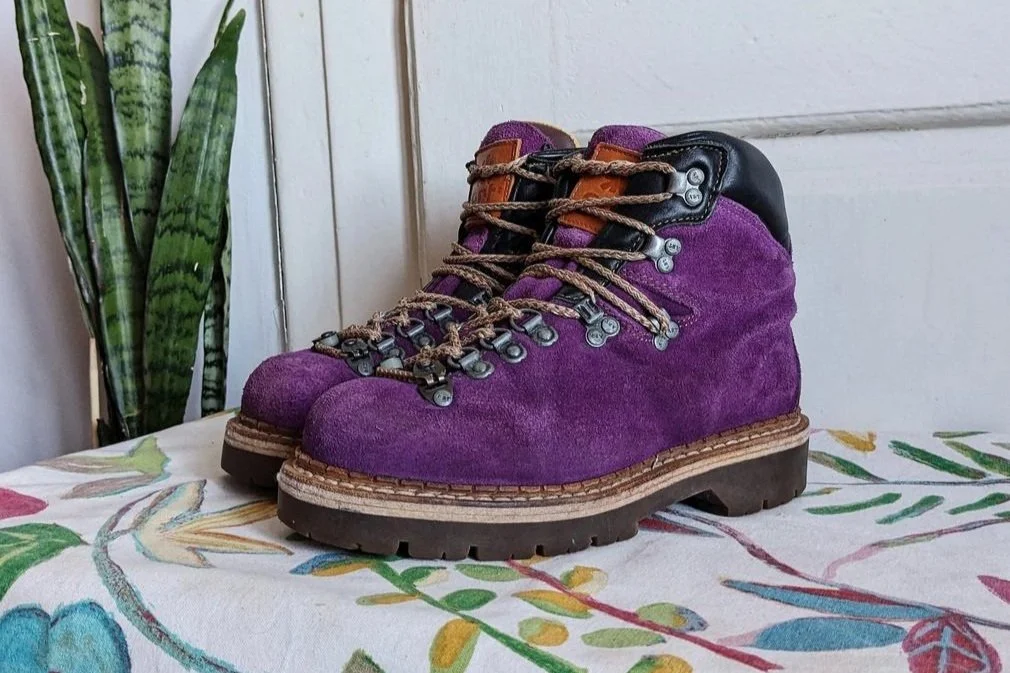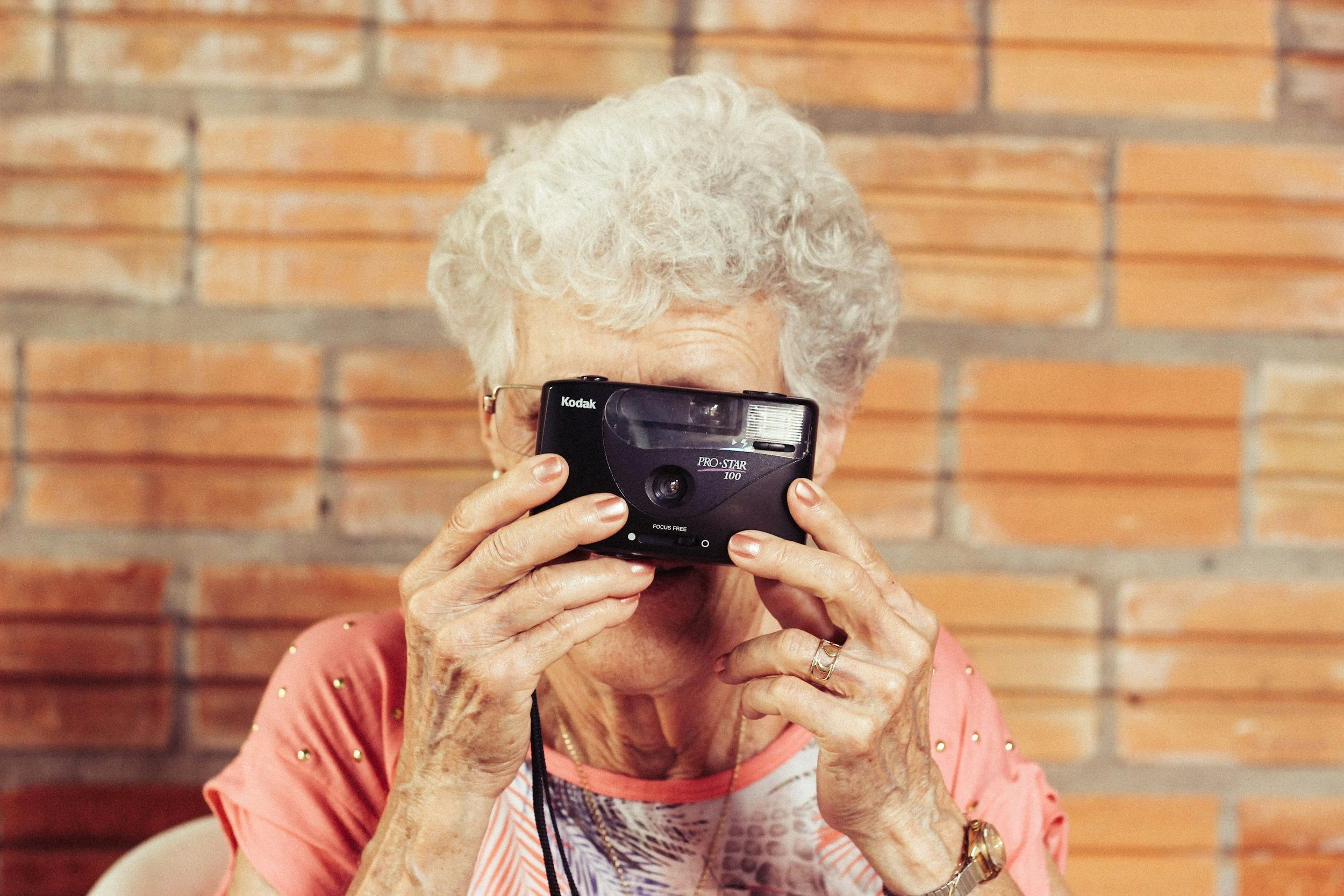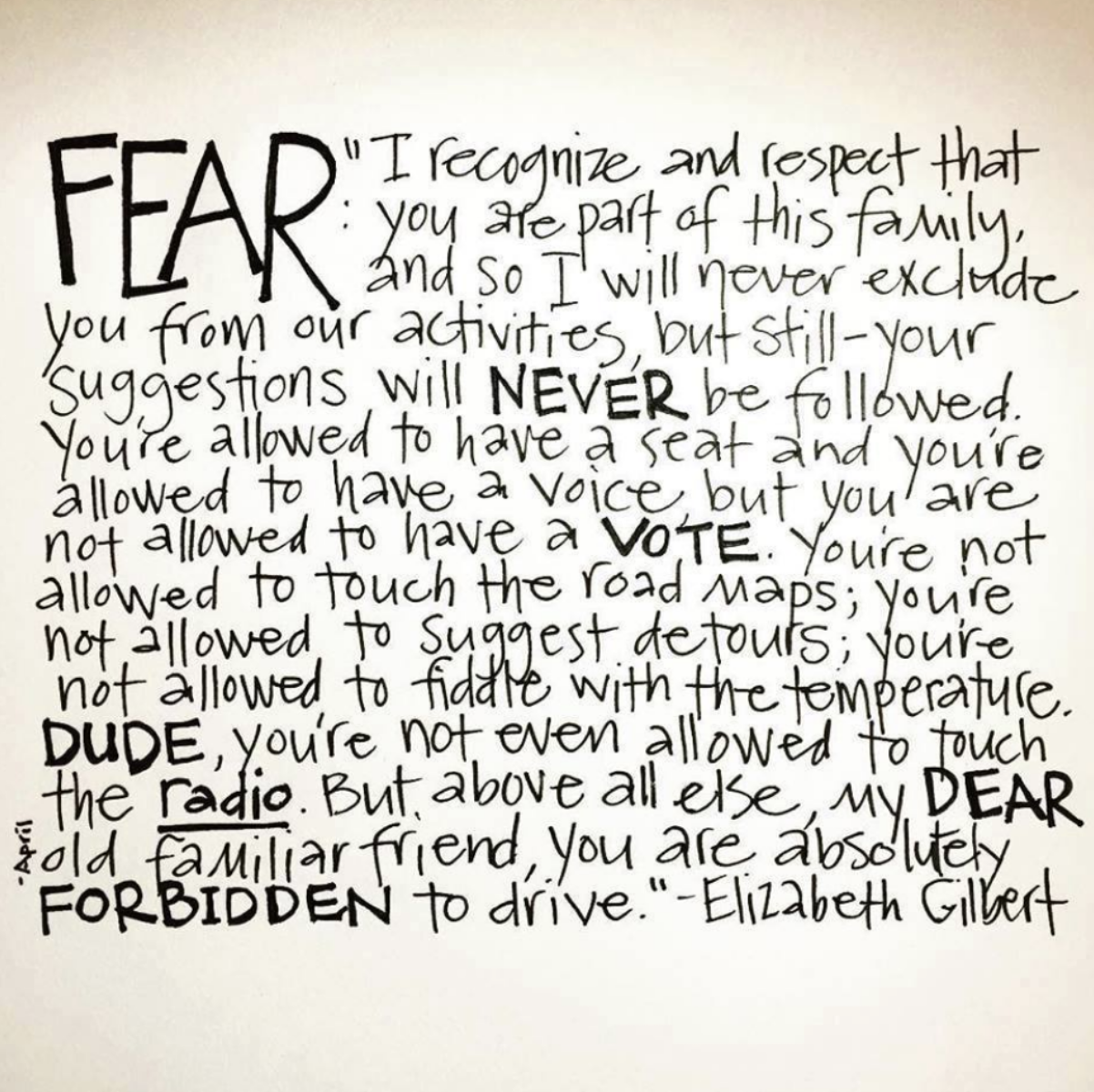Creating Through Mistakes: A Journey of Growth and Self-Compassion
Purple was my favorite color in the fourth grade. I loved the cool tones of purple, teal, and black all together. I loved purple so much that I had a pair of purple suede shoes. They were high tops in case I needed to climb a mountain in style. The laces were black, and with the perfect knot, the colors complemented each other so well.
I was a creative kid. I always had a notebook in progress where I drew pictures of myself in the future. There were a LOT of purple wedding dresses, mainly because my crush on Fred Savage in The Wonder Years was in full swing. It was encouraged in my home growing up, both creativity and Fred Savage. I wrote him a seven-page letter and received postcards in return, which I still have today. For creativity, my mother signed me up for table setting competitions at our local fair. I journaled in my elementary classes every morning, and I wrote short stories whenever I got the chance. It was messy, things were spelled wrong, and the intended straight lines always curved, but I didn’t care.
Around fourth grade, I began to notice how other people were creative, how skilled they were at it, and how they surpassed my abilities.
Once in class, Mrs. Greg assigned us to write a story about our shoes and draw a picture of them. I couldn’t wait to honor my eclectic boots. When I wore them, I felt powerful. I couldn't wait to translate this to the page. I even glued the project onto purple paper to complete the look.
On the night of Open House, we walked in and I saw my artwork right away. The purple paper frame popped nicely against the white-painted wall. I was proud to see it across the room. And then I saw my work stapled right next to Jennifer’s. Jennifer was an artist, even in the fourth grade, and continued to be one as we finished our entire school experience together. Jennifer’s lines were precise, her coloring was smooth, and she added other elements besides the shoe. Cute, tiny circles framed her sneakers, and curly lines emphasized the edges of the paper. I’d never seen a drawing of footwear look that magical. I heard adults comment on the beauty of her work and wish it were my name used in such a manner. So, of course, I turned to my prized purple shoes and saw everything they lacked.
And the older I got, the more it happened.
It wasn’t until my mid-thirties that I stopped wondering if I measured up enough. Not so much with art specifically, but more so if I were art myself. I was fixated on motherhood, believing it to be the key to a happy life, a life full of purpose, and it consumed me.
Month after month, the judgment grew wth each negative pregnancy test. The shame silently broke me. And I kept it to myself, until I couldn’t. It felt like Jennifer was now a happy mother, while I stood next to her listening to everyone give her praise all over again.
Today, the shame isn’t as loud; sometimes it's still there. The holidays bring up a lot of it. However, I’m working on incorporating grace into the mix so that both shame and grace can coexist in the same space.
I recently read, “... your mistakes are your style,” by Jerry Saltz, an art critic. The quote instantly gave me permission to accept myself where I am. And that every time I draw a “straight” line, it veers down—every single time, even with a ruler, because that’s my style. It made my spelling mistakes something I can fix in the editing phase. Rejection letters are becoming proof that I’m trying, and acceptance that the first draft is supposed to be terrible.
I’m not writing this to say I see my mistakes and think of unicorns flying over rainbows while eating cupcakes. Most of the time, I cry, become extremely defensive, and say out loud, “I am terrible, why am I even doing this?” I’m working on speaking better to myself, but I'm not going to lie to you. I say it. Dark Carrie, continues to show up. She’s the worst. She’s also a part of my process. And denying her existence feels like denying a part of myself.
Without knowing how to move forward without her, Dark Carrie and I can acknowledge my mistakes and honor them. This part takes more practice than I’d like to admit, but it’s real. I’m working on keeping Dark Carrie near me; she gets her time and place, but I get the last say in things. Kind of how Elizabeth Gilbert talks about fear:
I feel like Dark Carrie might be around for a while, and what if it’s not a bad thing? I can share, utilize, and honor that the first time I try a new recipe, it might not be good. The first time I grow a new plant, it might not survive. The next time I try out a new embroidery stitch, it may end up as a knot.
I often think about little Carrie and what would make her proud. I do the same for eighty-year-old Carrie. Currently, forty-two-year-old Carrie is allowing for more grace, and with each new day, more is given. Dark Carrie can still be here. But she doesn’t get much say when I’m writing on a new topic I’ve researched, painting a picture, or even when I bake a new cookie from Martha Stewart's cookbook. These are the moments for me to explore, share, and, most importantly, to simply create.
I’m not as into the color purple as I used to be. I don’t dislike it, but my love for colors changes as I do. Currently, I love a deep royal blue—the kind the deep sea makes when you’re so far out and can’t see the shore. Perhaps I should find some fun royal blue suede shoes, and maybe I’ll even draw a portrait of them. And if I don’t like the way they turn out, I can mount the picture on a matching piece of blue construction paper and still proudly hang it on my wall. I can create things, alongside Dark Carrie, Little Carrie, and eighty-year-old Carrie, because they’re just beautiful versions of me.




